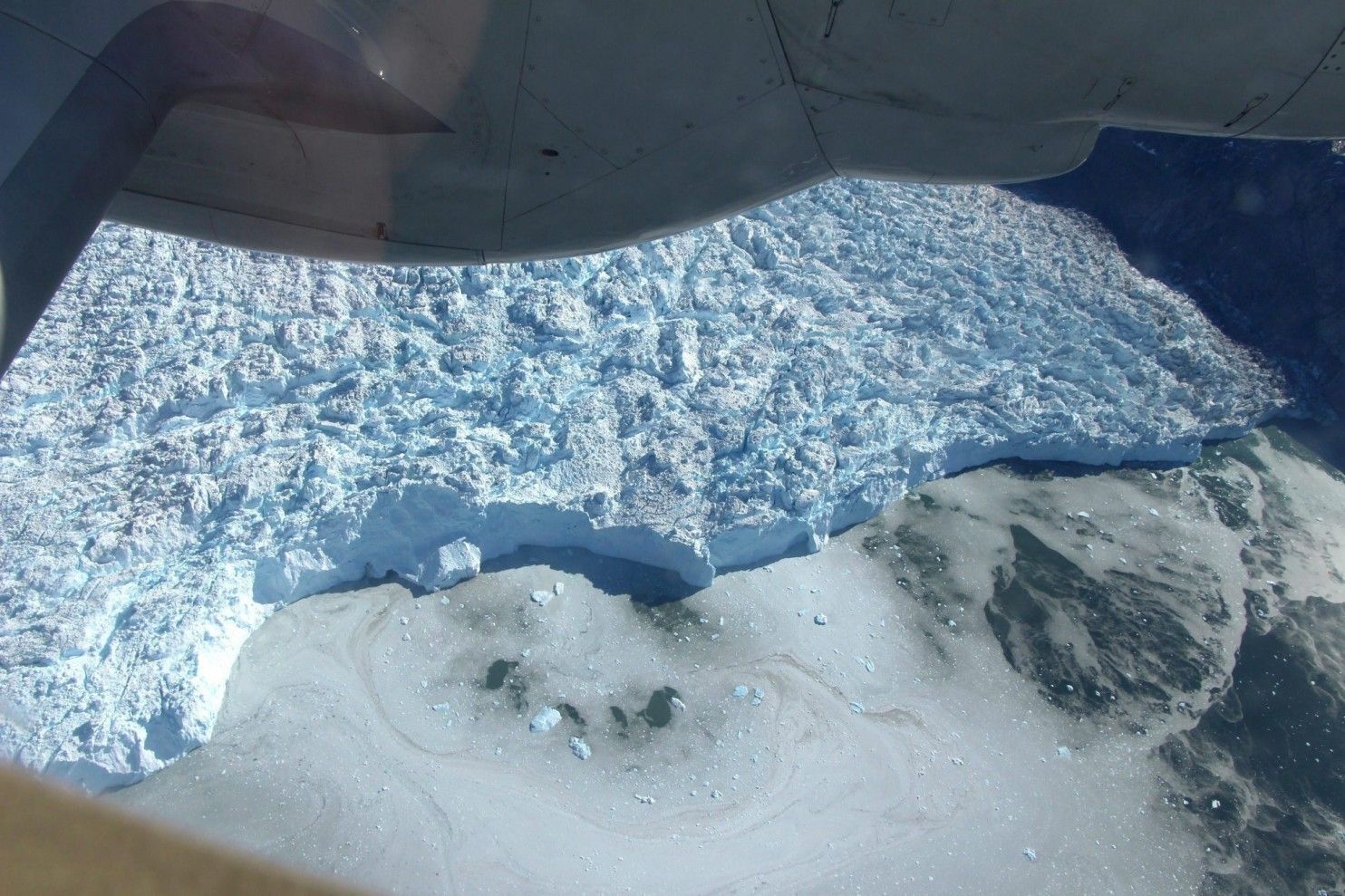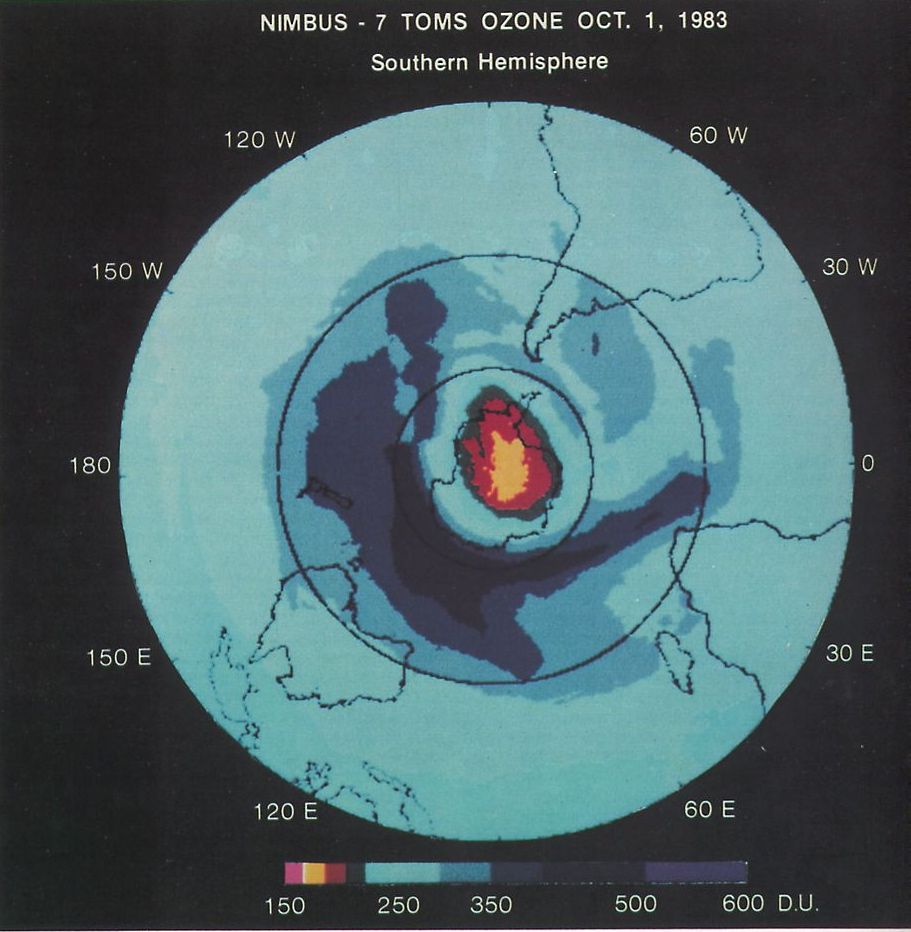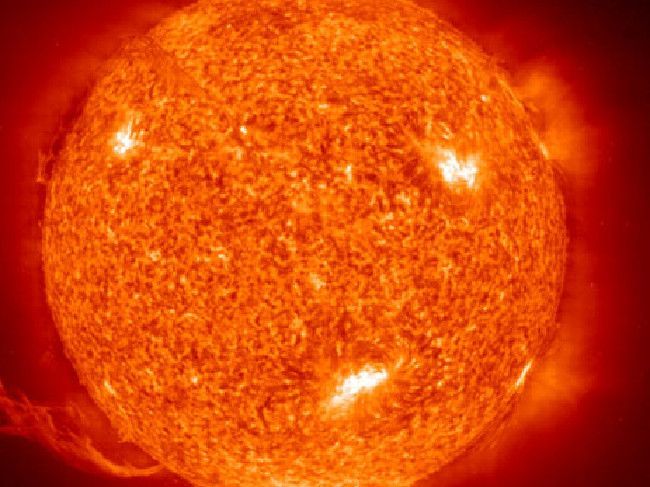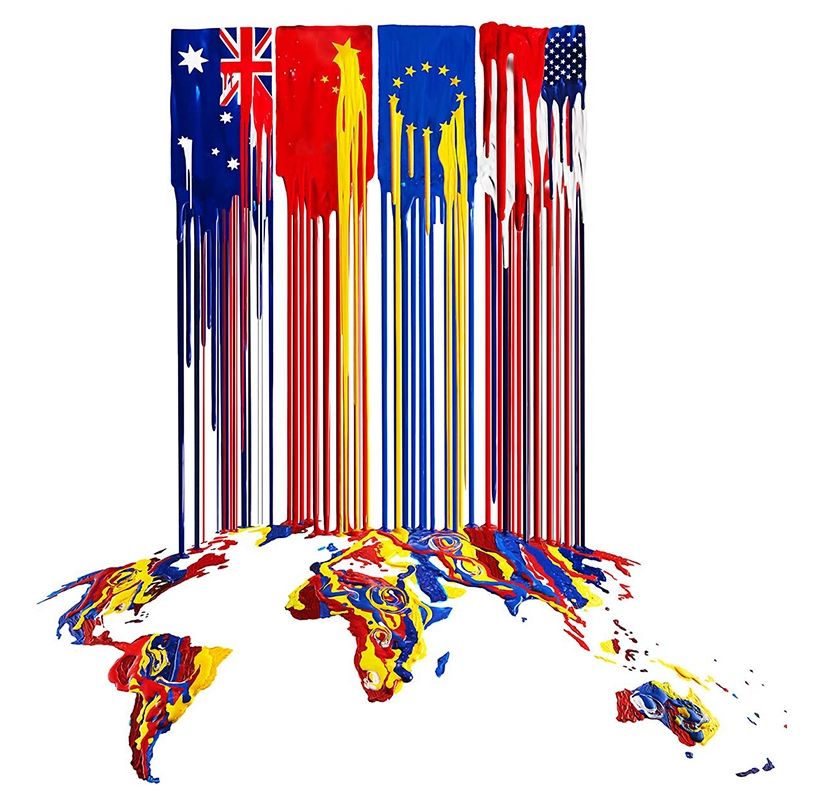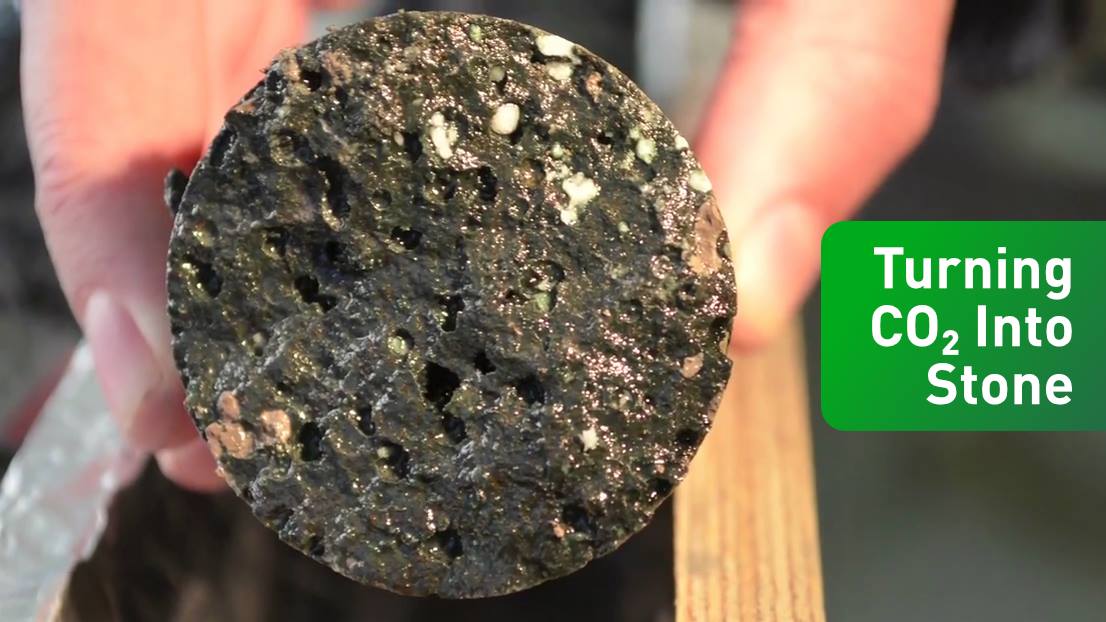NASA researchers suggest sea levels may be plunging around Greenland because of ice loss and a resulting decline in gravitational pull.
Category: climatology – Page 154
A new paper asserts that a physical body might be able to pass through a wormhole in spite of the extreme tidal forces that are at play.
A physical object, such as a person or a spacecraft, could theoretically make it through a wormhole in the centre of a black hole, and maybe even access another universe on the other side, physicists have suggested.
In what looks like the logical extension of the plot of Interstellar – where astronauts try to hunt down another universe after the catastrophic effects of climate change destroy Earth – physicists have modelled what would happen to a chair, a scientist, and a spacecraft, if each one ended up inside the spherical wormhole of a black hole.
Singularity Hypotheses
Posted in climatology, economics, education, health, policy, robotics/AI, singularity, sustainability
Artificial intelligence (AI) technologies offer great promise for creating new and innovative products, growing the economy, and advancing national priorities in areas such as education, mental and physical health, addressing climate change, and more. Like any transformative technology, however, AI carries risks and presents complex policy challenges along a number of different fronts. The Office of Science and Technology Policy (OSTP) is interested in developing a view of AI across all sectors for the purpose of recommending directions for research and determining challenges and opportunities in this field. The views of the American people, including stakeholders such as consumers, academic and industry researchers, private companies, and charitable foundations, are important to inform an understanding of current and future needs for AI in diverse fields. The purpose of this RFI is to solicit feedback on overarching questions in AI, including AI research and the tools, technologies, and training that are needed to answer these questions.
North american leaders set goals to mitigate climate change.
President Obama, Prime Minister Trudeau of Canada and President Peña Nieto of Mexico met in Ottawa on Wednesday, agreeing on goals and targets to lower emissions, raise efficiency and bring better protections to the environment.
Renewables, nuclear and carbon capture and storage technology will be on the table to help North Americans meet their goal of 50 percent clean, emissions-free energy by 2025.
The sun is losing its spots, and it’s certainly something that we shouldn’t take lightly. According to news.com.au, our fireball has gone blank for the second time this month, leading Meteorologist Paul Dorian to believe that the next solar minimum is approaching and there will be an increasing number of spotless days over the next few years. This matters because the amount of sun spots reportedly affects our climate.
So, let’s start with solar minimum. What is it exactly? Well, NASA explains it to be when the sun’s natural solar cycle shows the lowest amount of sunspots. You see, when at its best, the sun’s surface is covered in visible dark blemishes, or sunspots. The sun goes through a natural solar cycle approximately every 11 years, and each cycle is marked by the increase and decrease of sunspots – with the highest number of sunspots in any given solar cycle being the “solar maximum” and the lowest number being “solar minimum.”
The sun at its best.
Nation states cause some of our biggest problems, from civil war to climate inaction. Science suggests there are better ways to run a planet.
By Debora MacKenzie
Try, for a moment, to envisage a world without countries. Imagine a map not divided into neat, coloured patches, each with clear borders, governments, laws. Try to describe anything our society does – trade, travel, science, sport, maintaining peace and security – without mentioning countries. Try to describe yourself: you have a right to at least one nationality, and the right to change it, but not the right to have none.
Sometimes it’s the accidental discoveries that make the biggest impact. Researchers at Pacific Northwest National Laboratory have learned that carbon-rich nanorods created in a botched experiment might be ideal for harvesting water. When there’s relatively low humidity (below 50 percent), the rods trap water inside their gaps; if it’s any more humid, however, they promptly expel that water as vapor. It’s a very unusual trait that’s likely caused by water condensing into a “bridge” in the nanorods, whose surface tension forces them to close and eventually kick the water out.
If scientists can refine the shape of these nanorods and get them to spray water on a consistent basis (only 10 to 20 percent do that right now), the implications are huge. They’d be ideal for harvesting and purifying water in dry climates — you could gather ambient moisture until there’s enough to drink. Alternately, you could use it for anti-sweat clothing that soaks up your perspiration and spits it outside. All told, you’d have direct control over just when and how you get water.
Turning CO2 Into Stone
Posted in climatology, sustainability
Some truth to this if the engineering team and designers are not reflective of the broader world population. Good example, is the super race research of the Nazis and attempts to make it happen. Today, AI in the hands of a N. Korea for example could be bad for the world. However, the larger threat that I see with AI is still the hacking of AI, and stolen AI by criminals to use against society.
Sentient machines are a greater threat to human existence than climate change, according to the Oxford philosopher Nick Bostrom.
